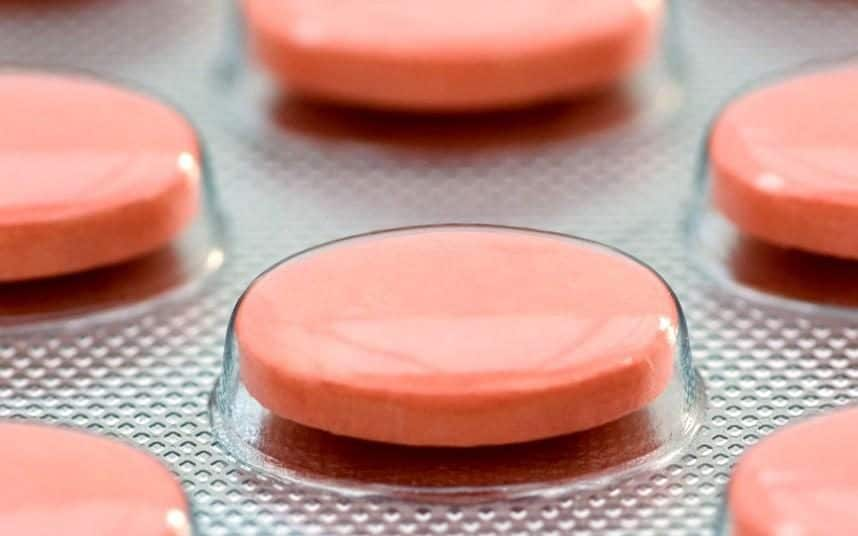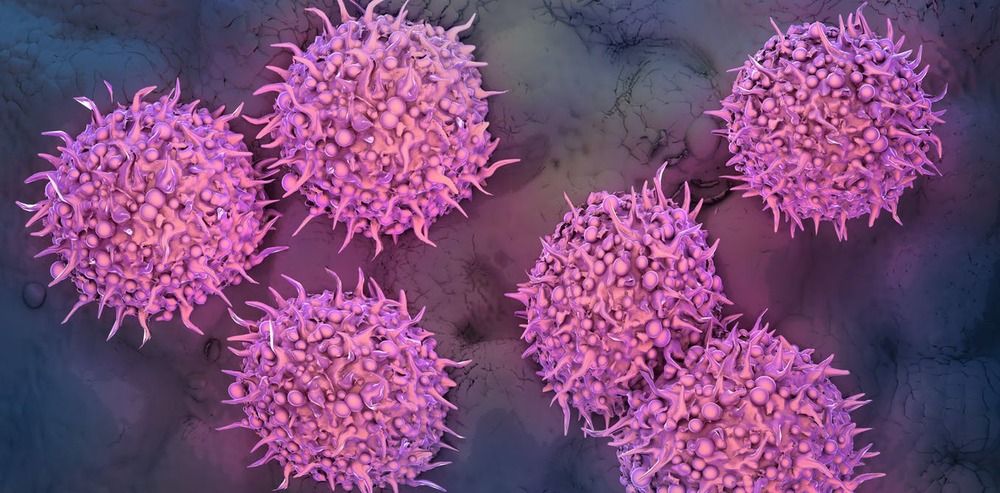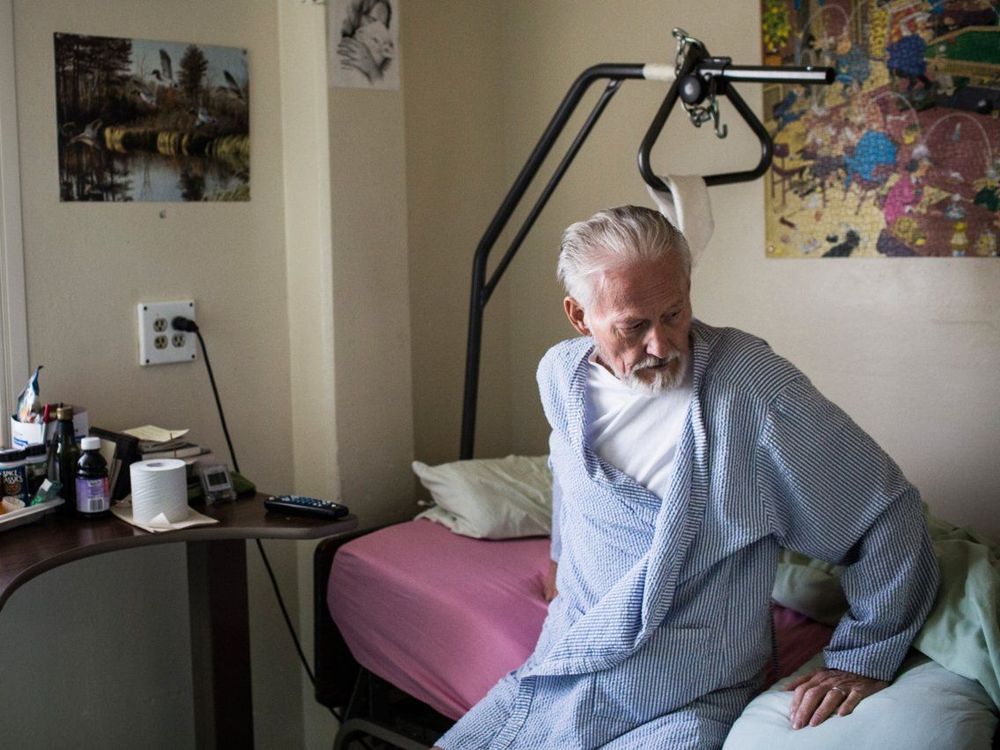It sounds like science fiction: a device that can reconnect a paralyzed person’s brain to his or her body. But that’s exactly what the experimental NeuroLife system does. Developed by Battelle and Ohio State University, NeuroLife uses a brain implant, an algorithm and an electrode sleeve to give paralysis patients back control of their limbs. For Ian Burkhart, NeuroLife’s first test subject, the implications could be life-changing.
Featured in this episode:
Batelle:
https://www.battelle.org/
Ohio State University
https://wexnermedical.osu.edu/
Producer and Editor — Alan Jeffries
Camera — Zach Frankart, Alan Jeffries
Sound Recordist — Brandon MacLean
Graphics — Sylvia Yang
Animators — Ricardo Mendes, James Hazael, Andrew Embury.
Sound Mix and Design — Cadell Cook.







